Inside Marie Antoinette's life of luxury while the people of France starved
The rise and fall of a luxury-loving queen
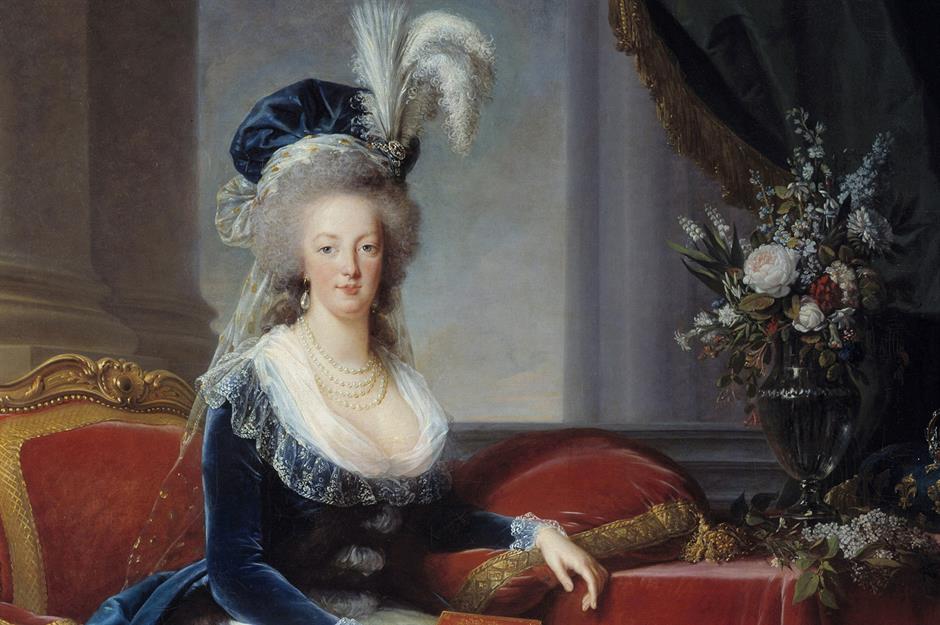
Marie Antoinette is as renowned today for her life of luxury as she was when she reigned as the Queen of France over 200 years ago.
But her unrestrained opulence marked a stark contrast between the monarchy and the financial struggles faced by ordinary French people in the late 18th century. This disconnect played a pivotal role in the French Revolution, ultimately leading to her brutal downfall.
Read on to take a look inside the lavish life of the so-called 'Madame Déficit' and find out how her out-of-control spending led to her grisly demise in 1793.
All dollar amounts in US dollars
A match made in politics
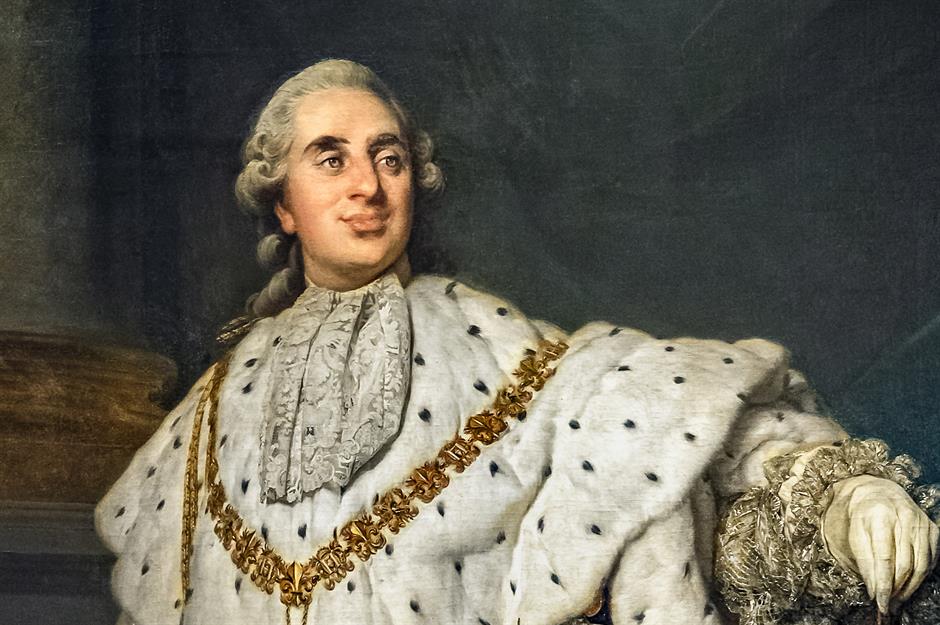
Marie Antoinette was born Maria Antonia Josepha Joanna von Österreich-Lothringen in Austria in 1755. She was the youngest daughter of Francis I, Holy Roman Emperor, and his wife, Empress Maria Theresa.
In 1770, at the tender age of 14, the young Maria was married to Louis XVI (pictured), heir to the French throne. Rather than a love match, the union was a strategic political alliance between France and Austria to secure peace between the nations. Upon her arrival in France, Maria assumed the Gallic version of her name: Marie Antoinette.
When his grandfather Louis XV died in 1774, Louis XVI ascended the throne, making Marie Antoinette the Queen of France.
A problematic marriage
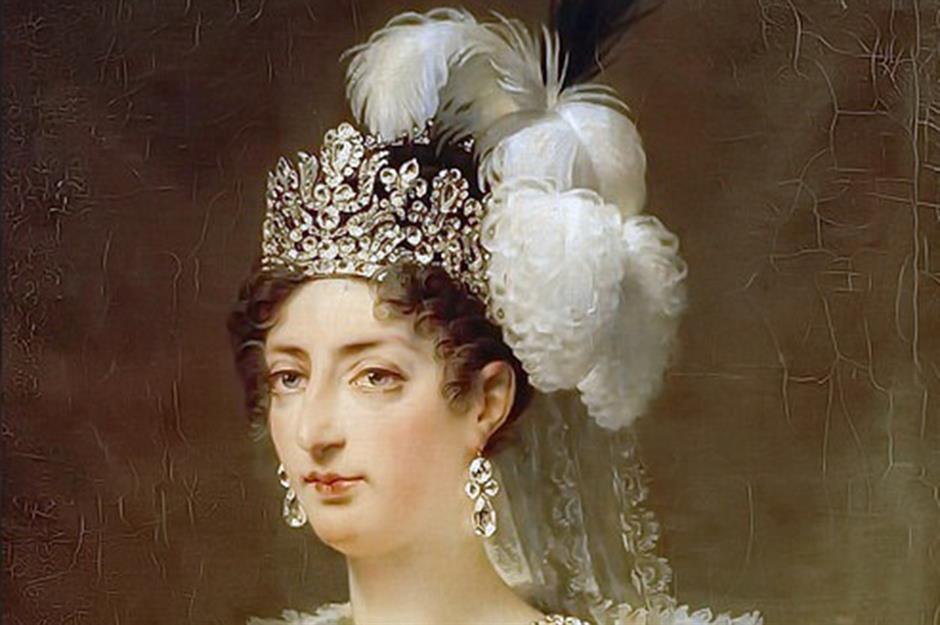
The union of Marie Antoinette and Louis XVI was meant to bring peace and prosperity to both France and Austria, yet the relationship was plagued with problems from the get-go.
The primary issue was Louis XVI's refusal to consummate their marriage. This became the subject of much gossip and ridicule at court and among the public, casting the first of many dark shadows over the queen.
Finally, in 1777, a staggering seven years after their marriage, the union was consummated. The couple went on to welcome four children over the next decade: Marie-Thérèse Charlotte (born in 1778), Louis Joseph (born in 1781), Louis Charles (born in 1785), and Sophie (born in 1786). Tragically, only Marie-Thérèse-Charlotte (pictured) would survive her childhood, with her siblings all succumbing to illness.
Madame Déficit
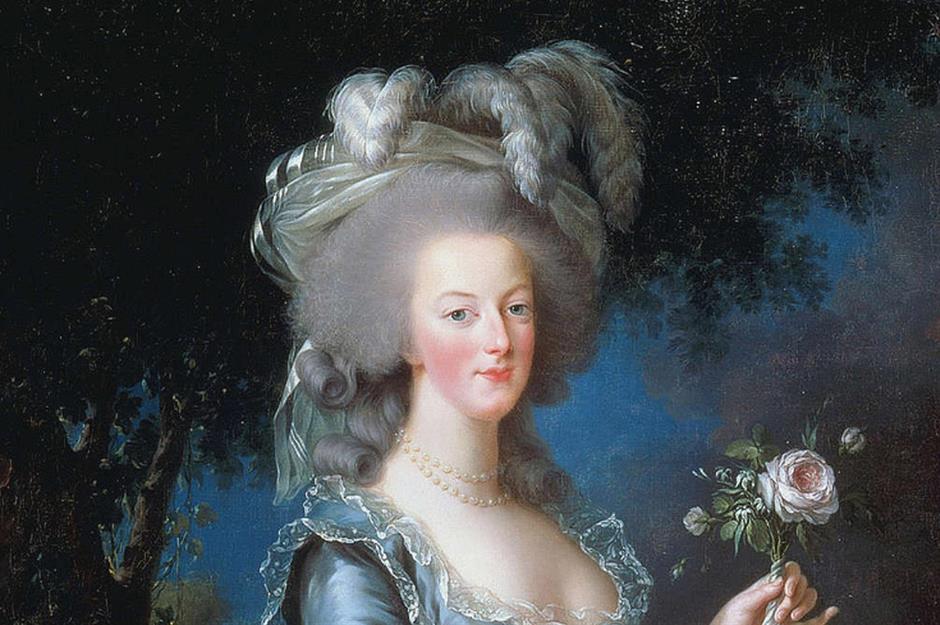
It's widely believed that Marie Antoinette's issues with her marriage may have contributed to her wild spending habits. The king's lack of intimacy reportedly frustrated her, and the lonely queen is thought to have sought solace and distraction in her over-the-top lifestyle at the French court instead.
However, her subjects widely blamed Marie Antionette for the country's financial difficulties and even nicknamed her 'Madame Déficit' due to her phenomenal spending.
With that in mind, let's discover some of the things she blew a fortune on...
The Palace of Versailles
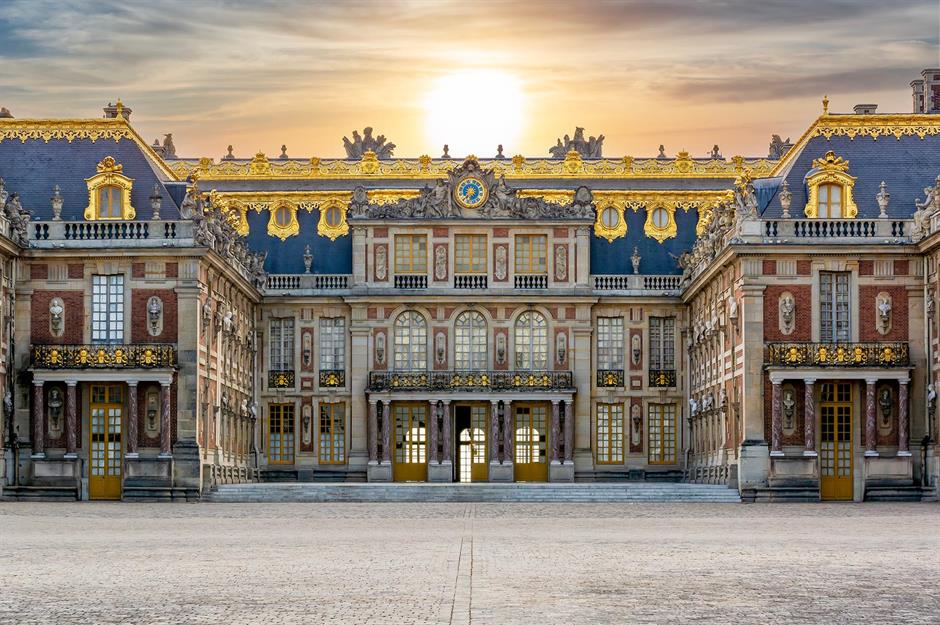
The French royal family ruled from the opulent Palace of Versailles (pictured), located in the town of the same name.
King Louis XIII first began building Versailles back in 1624, when it served as a small hunting lodge for his personal use. Various rebuilds over the ensuing years laid the foundations for the lavish palace that's famous the world over today.
Louis XIII's successor, Louis XIV, decided to move the French royal court to Versailles in 1682, officially making it the centre of political power in the country.
Decorating Versailles
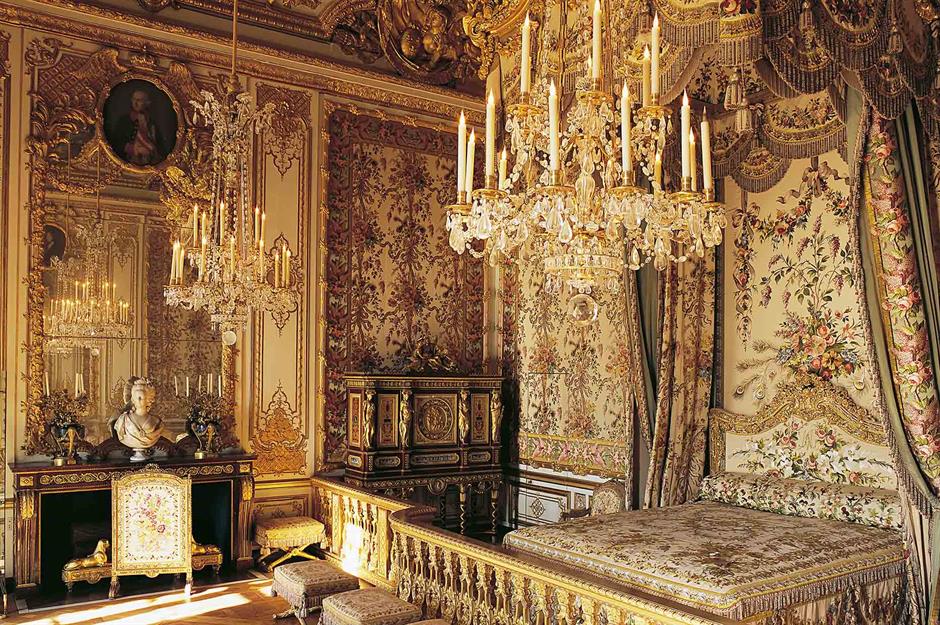
Marie Antoinette spent a considerable amount of time and money on decorating – and redecorating – her various apartments within the palace. She enjoyed assigning elaborate themes and colour schemes to her rooms that would encompass the walls, ceilings, floors, and even the curtains and lighting.
While the rooms she designed retained the grandeur expected of a royal court, Marie Antoinette also added floral accents and elegant wooden boiserie panelling for a feminine finish.
Pictured is one of the queen's lavish gilded chambers within Versailles.
Petit Trianon
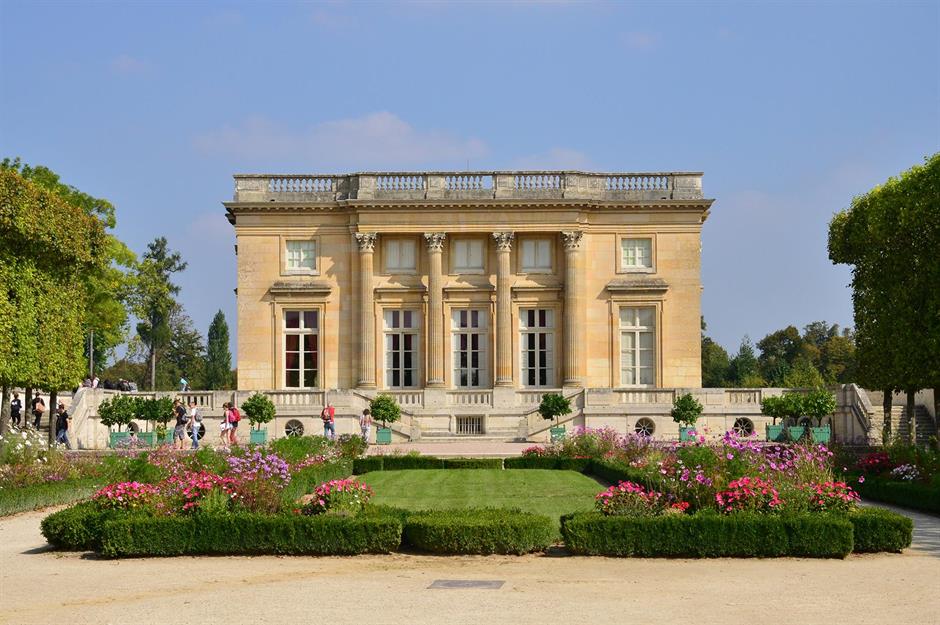
As if the grandeur of one palace wasn't enough, Louis XVI gifted his wife a smaller one known as the Petit Trianon (pictured), situated on the grounds of Versailles. The château, which architect Ange-Jacques Gabriel had finished constructing in 1768, can still be visited today.
Marie Antoinette wasted no time redecorating the palace, later commissioning esteemed interior designers such as Jean and Jules Rousseau to design many of her private chambers.
Decorating Petit Trianon
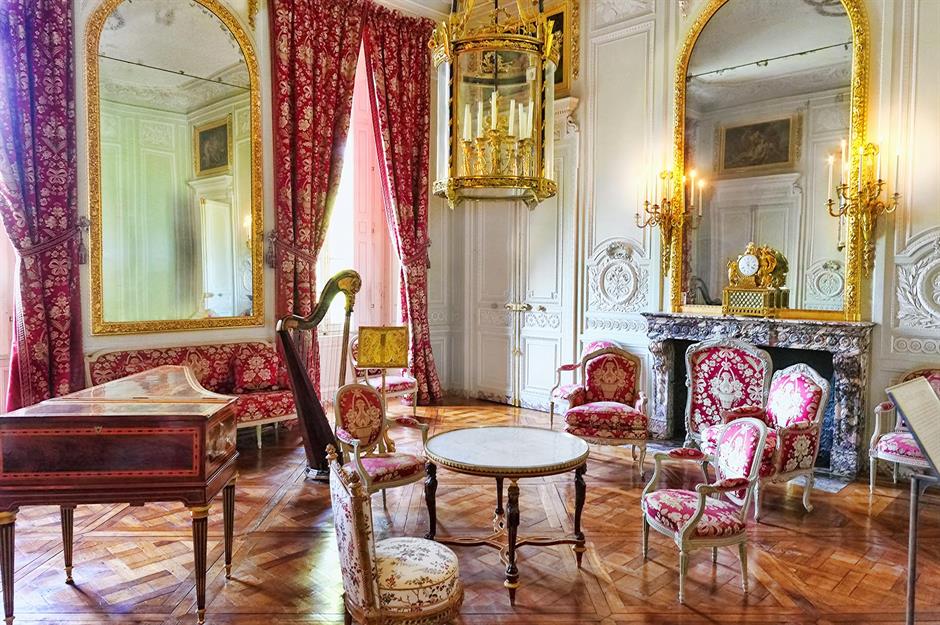
One truly stand-out room within the Petit Trianon is the Boudoir, designed with a soothing baby blue colour palette and intricate white carvings adorning the walls.
Meanwhile, the Salon (pictured), where Marie Antoinette entertained her guests, boasted a regal colour scheme of pale green and white, with pops of fuchsia, plush floral furnishings, and gold accents.
The Queen's Hamlet
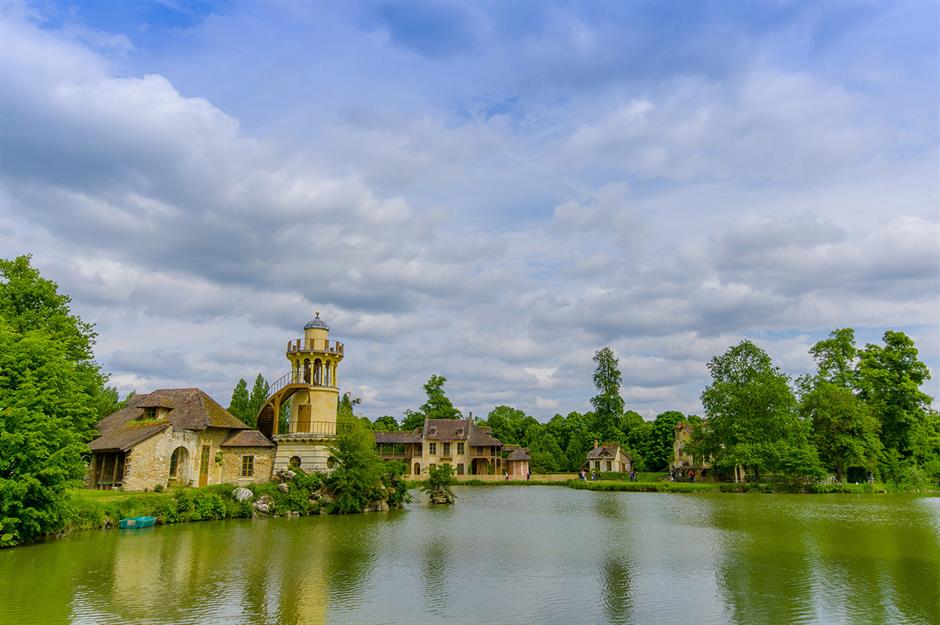
In 1783, Marie Antoinette commissioned the architect Richard Mique to build the 'Queen's Hamlet', a model village located close to Petit Trianon that comprised rustic-style buildings surrounding a scenic lake.
The central area of the hamlet was exclusively designated for the queen's personal use and consisted of three buildings: the Warming Room, the Boudoir, and the Grand Queen's House.
Despite their rustic exteriors, the interiors of these buildings boasted opulent decorations befitting the queen's expensive taste.
Playing peasant
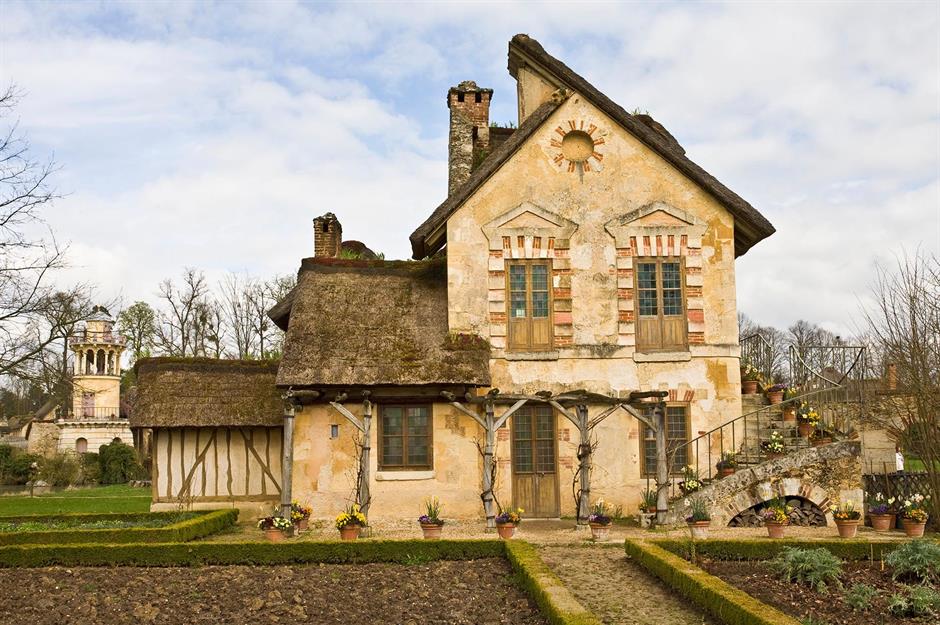
Legend has it that Marie Antoinette would 'play peasant' with her ladies at the hamlet, and there were even stories of goats being adorned in ribbons before she arrived to milk them.
With many French people struggling to afford basic necessities, Marie Antoinette's activities were seen by some as symbolic of her out-of-touch lifestyle.
However, the hamlet also served as a real working farm, with the royal children collecting milk and eggs as they learnt about nature from their mother.
A fashion icon
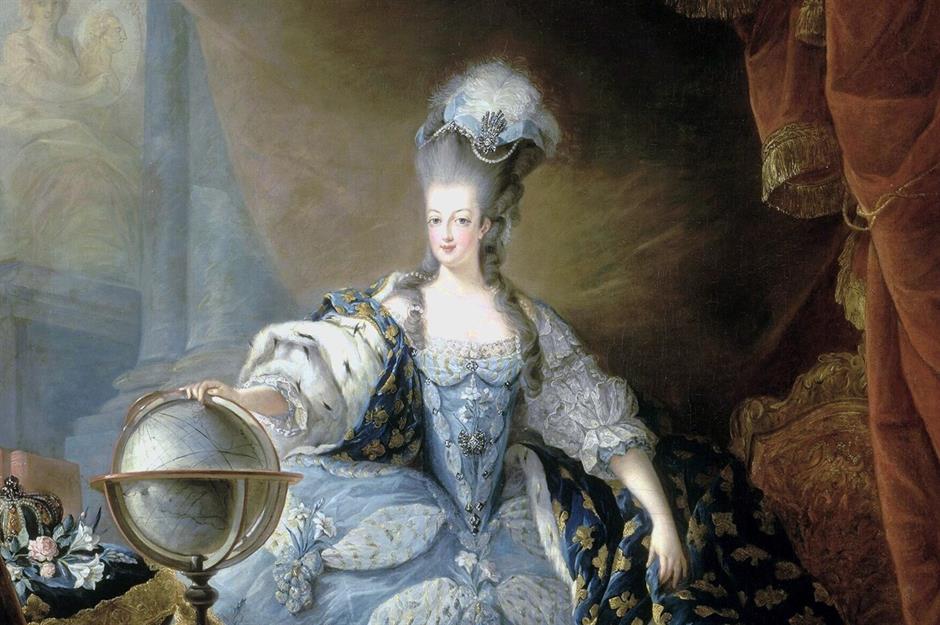
Sparing no expense on her wow-worthy wardrobe, Marie Antoinette became something of a fashion icon during her time on the throne.
The queen is estimated to have splurged on 300 new gowns a year and reportedly never wore the same outfit twice. In 1776, her dress allowance was 150,000 livres, a sum she exceeded by over threefold. For context, that figure roughly translates to $3 million (£2.4m) in today's money.
Her frivolous spending on fashion contributed to the French public's belief that their queen was spoiled and vain.
Extravagant hairstyles
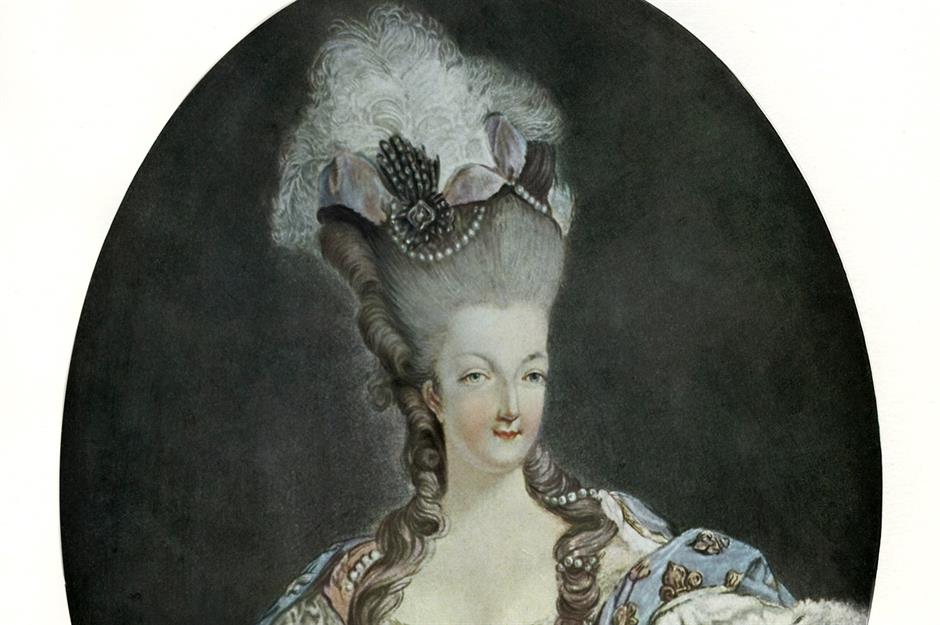
Marie Antoinette was also famed for her jaw-dropping hairstyles, which were often adorned with feathers, flowers, and jewels.
Her royal hairdresser, Léonard Autié, became one of her closest friends and would tease her hair into elaborate designs that sometimes reached several feet in height – not to mention several figures in cost.
On one occasion, he's even reported to have styled her hair as a replica of the French warship La Belle Poule.
Petit Théâtre de la Reine
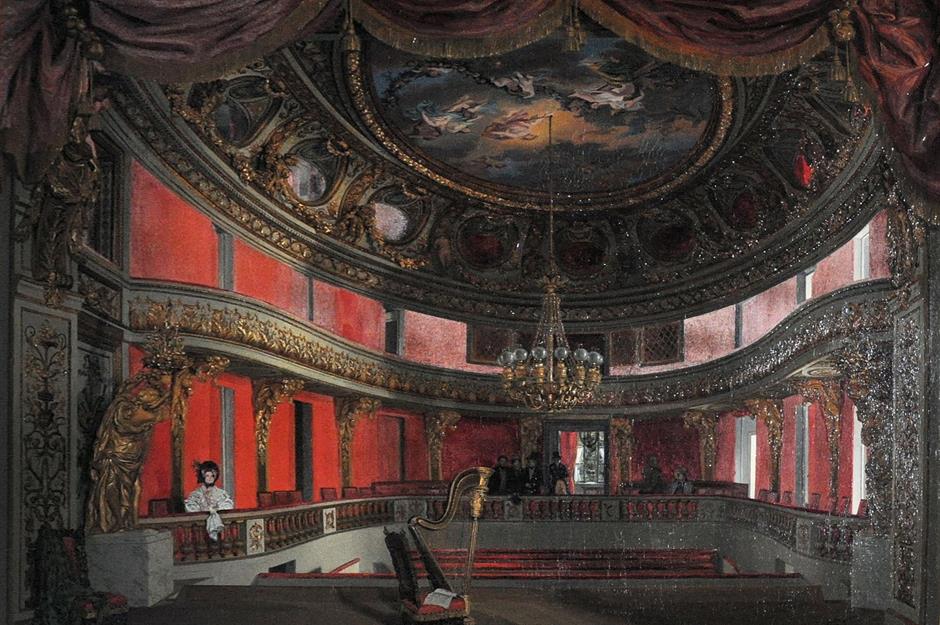
Marie Antoinette adored lavish entertainment and was known for hosting grand balls, masquerades, and plays.
The latter was made all the more possible after she commissioned architect Richard Mique to build a theatre on the grounds of Petit Trianon for private performances.
Named Petit Théâtre de la Reine (pictured), the venue was completed in the spring of 1780 and could hold an audience of up to 250.
Gambling
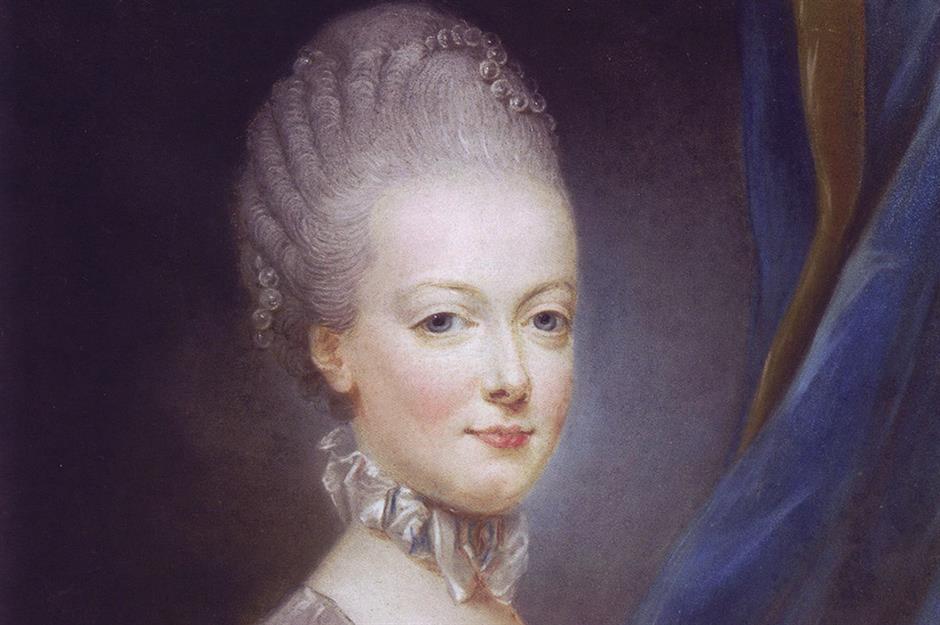
The queen was also known to throw parties that lasted all night, resulting in her sleeping until noon.
One of her favourite vices was gambling, and she spent the early years of her reign playing cards for gold pieces.
Over time, her private chambers attracted a slew of professional gamblers, even though the king had outlawed gambling at Versailles.
Jewels
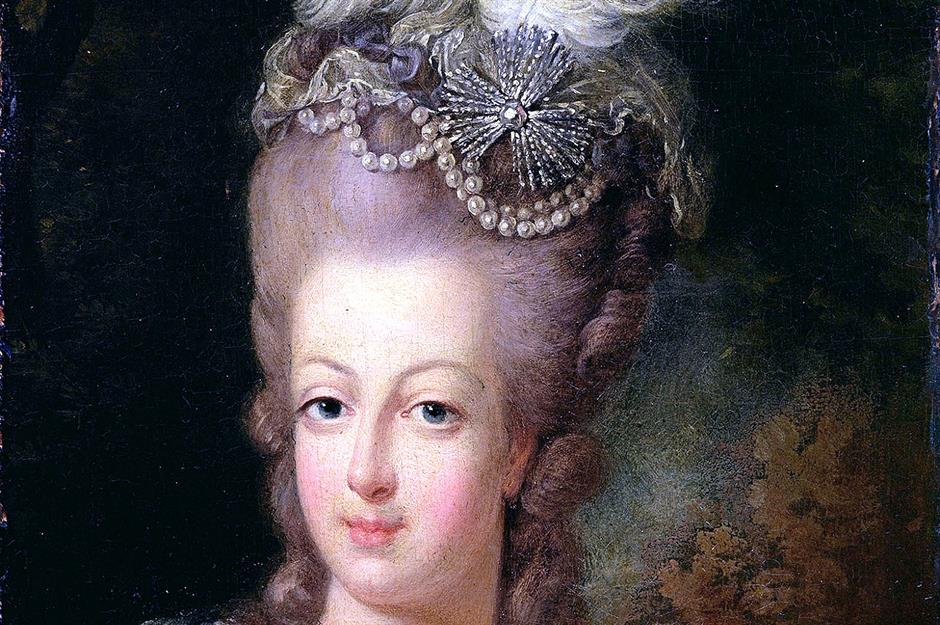
Unsurprisingly, Marie Antoinette had a penchant for jewels and regularly treated herself to eye-wateringly expensive accessories to enhance her fabulous frocks.
Her love of such finery ultimately played a significant role in her downfall, when she became caught up in the infamous 'Affair of the Diamond Necklace' scandal...
The Affair of the Diamond Necklace: part 1
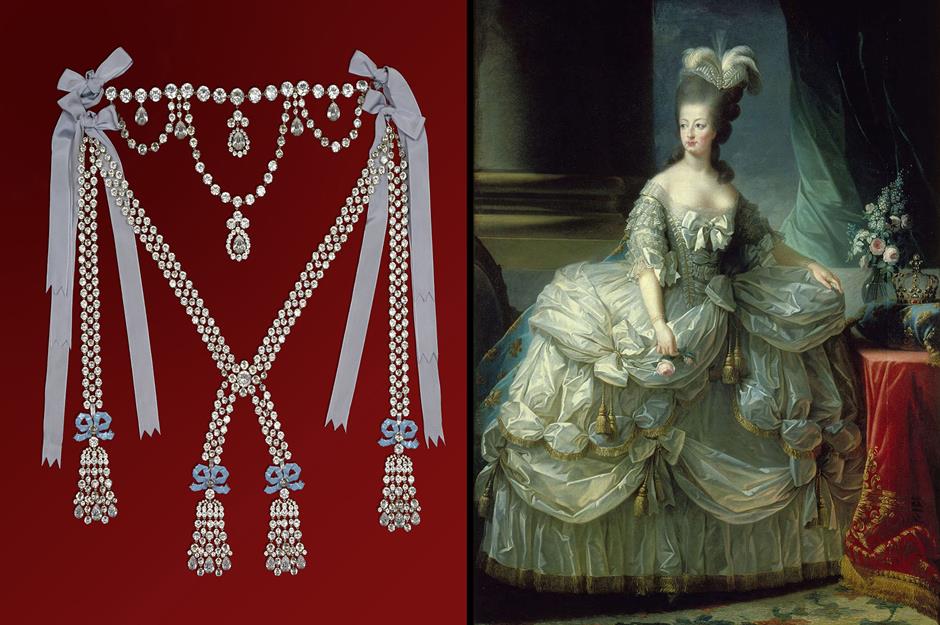
Before Marie Antoinette ascended to the throne, King Louis XV of France commissioned Parisian jewellers Charles Auguste Boehmer and Paul Bassange to craft an extravagant diamond necklace that would surpass all others in magnificence.
This astonishing gift, intended for the king's mistress, Madame du Barry, is alleged to have featured 647 diamonds and carried an astounding price tag of 2,000,000 livres, around $37 million (£31m) in today's money.
Following the sudden death of the king in 1774, the necklace remained unpaid for, leaving its creators close to financial ruin. They made multiple attempts to sell the necklace to Marie Antoinette but she declined, reportedly stating: "We have more need of Seventy Fours [a type of ship] than necklaces."
The Affair of the Diamond Necklace: part 2
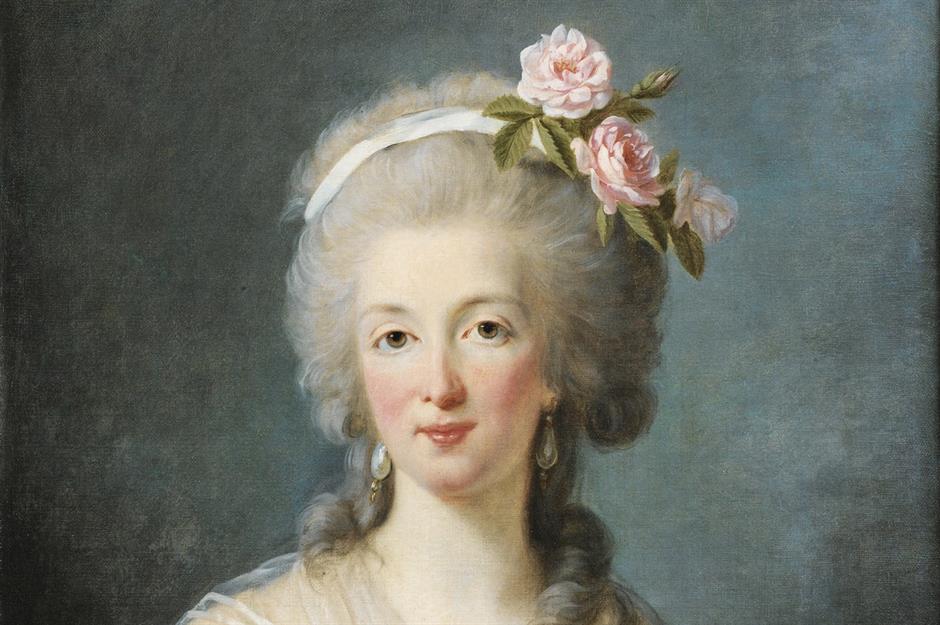
A scheming social climber named Jeanne de Valois-Saint-Rémy (pictured) heard about the necklace and devised a cunning get-rich-quick scheme.
She forged Marie Antoinette's signature to fraudulently acquire the piece before disassembling it and selling its component parts on the black market.
The con artist was eventually caught and convicted of her crime. Marie Antoinette was proven innocent of any involvement, yet the scandal still tarnished her already precarious reputation, with many suspecting she'd obtained the necklace but refused to pay for it.
Another court scandal
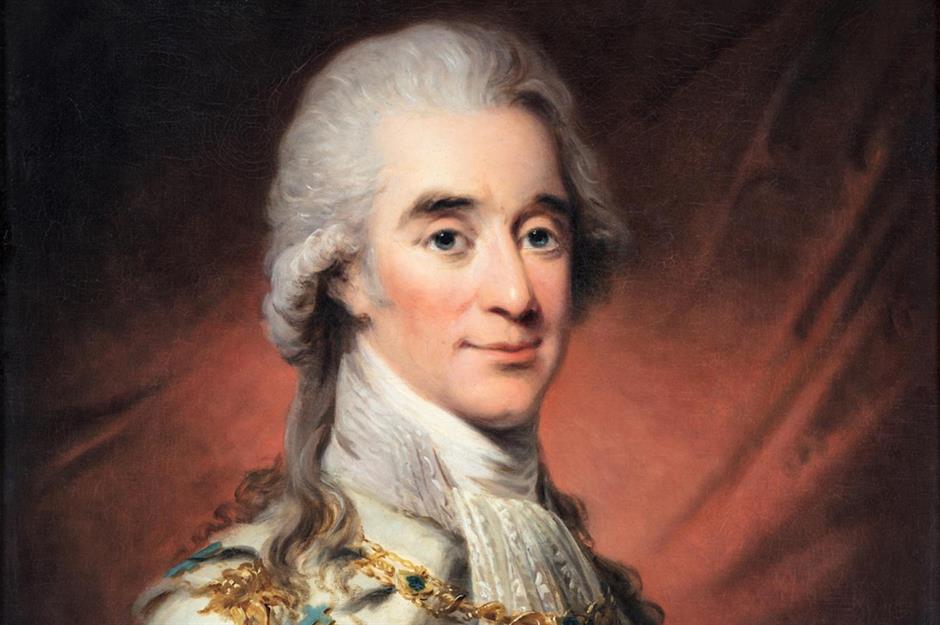
Marie Antoinette's reputation at court took another blow when rumours swirled of an affair with the Swedish count Axel von Fersen (pictured). She first met him at a ball in 1774 and was said to be charmed by his good looks and chivalrous nature.
Over the years, Fersen visited the Queen often and even lived in an apartment above hers, with correspondence between the pair suggesting that their relationship was indeed romantic in nature.
While Marie Antoinette and Fersen reportedly took precautions to avoid unplanned pregnancies, it's unclear if he or her husband fathered the royal children. Louis XVI claimed them all as his own, although a book published in 2015 by historian Evelyn Farr suggests the count was most likely the father of Sophie and Louis Charles.
Charitable efforts: part 1
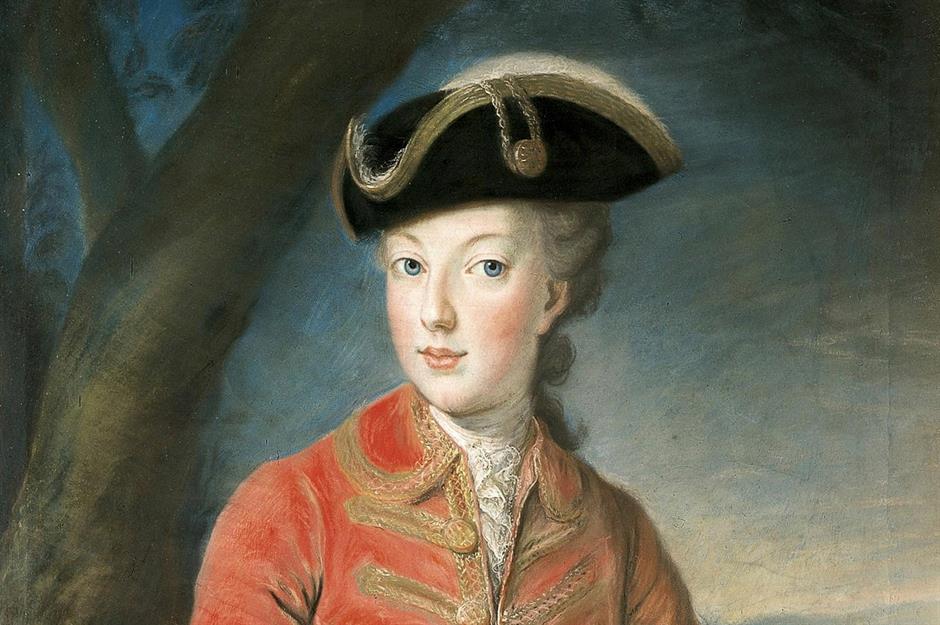
While she remains infamous centuries later for her wild spending, the philanthropic side of Marie Antoinette's nature gets less attention.
One instance of her generosity occurred after her wedding to Louis when a stampede claimed hundreds of lives (some historians have even suggested the death toll could have been as high as 3,000). The royal couple donated their personal spending money to help alleviate the suffering of the victims and their families.
Another display of Marie Antoinette's kindness took place in 1774. The newly-crowned queen promptly abolished the Queen's Belt tax, which subjects had previously been required to pay at the start of a new reign. Legend suggests she pithily dismissed the tax by noting: "Belts are no longer worn."
Charitable efforts: part 2
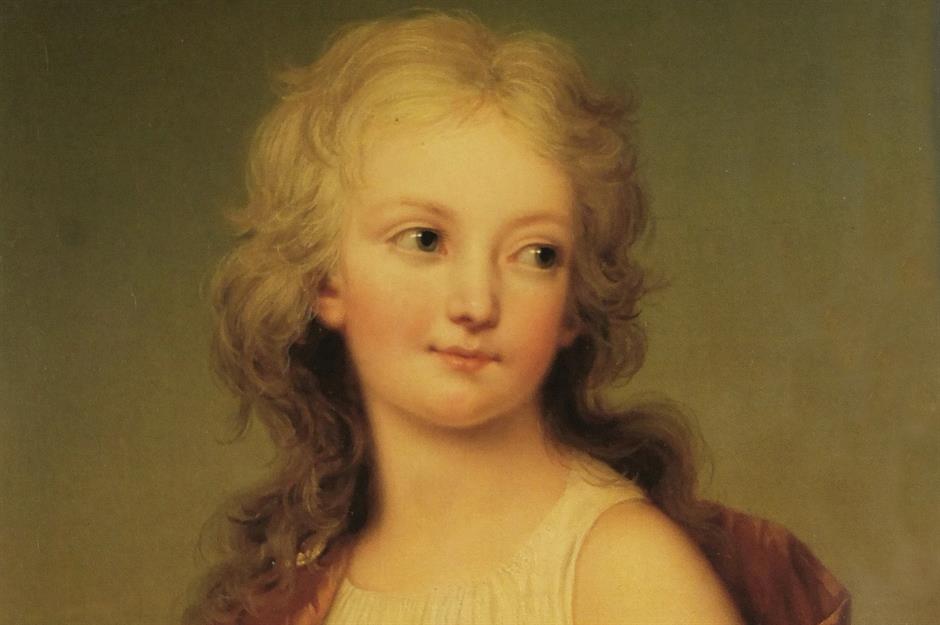
Marie Antoinette and Louis XVI were also patrons of a charity called the Maison Philanthropique, which provided aid to widows, the elderly, and blind people.
During a famine, the royal couple also sold their expensive flatware to buy food for their subjects and ate lower-quality bread themselves to ensure there was more available for the needy.
In addition, the queen is said to have taught her daughter, Marie-Thérèse-Charlotte (pictured), values centred around kindness. She emphasised the importance of caring for peasant children and allowed several peasant families to live on her hamlet farm. She also adopted several children over the course of her reign.
Let them eat cake
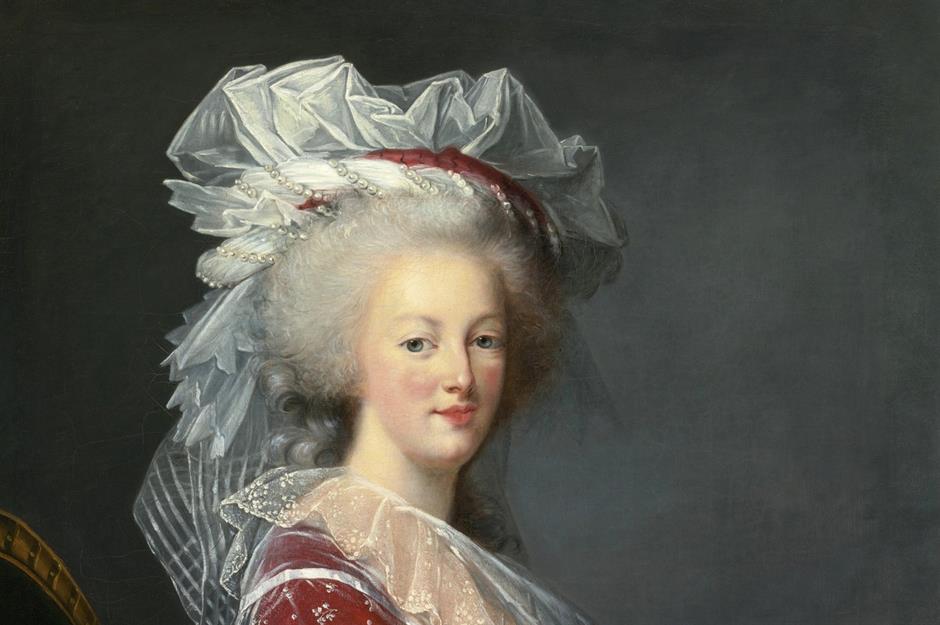
One infamous story claims that when Marie Antoinette was asked what the French people should do if they had no bread to eat, she callously replied: "Let them eat cake".
This anecdote contradicts the queen's charitable nature and is most likely untrue, with the biting quote attributed to several other historical figures instead.
It was speculation like this, however, that played a part in fuelling the French people's bloody revolt against the royals.
A grisly end
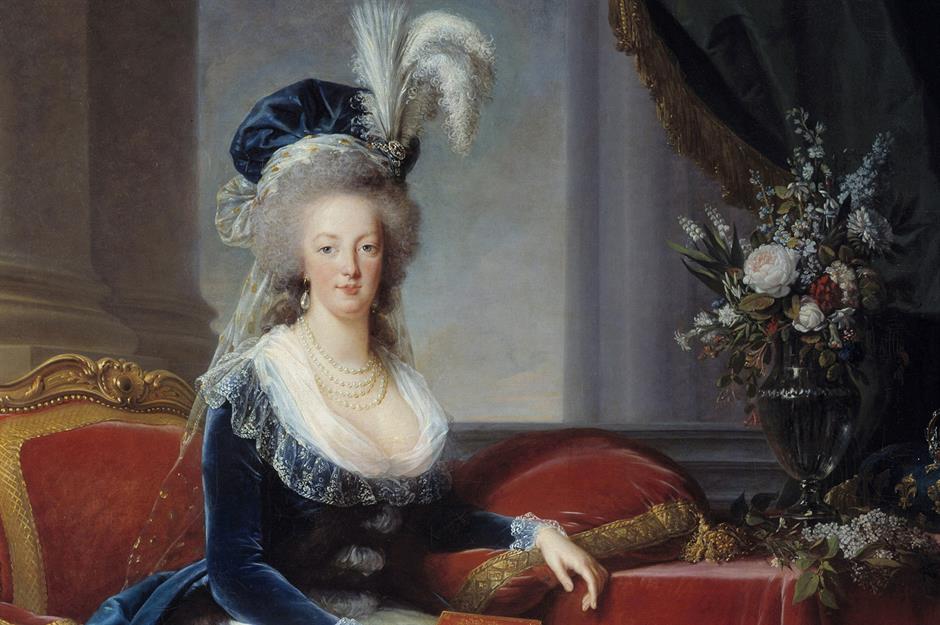
The French Revolution, which started in 1789 and raged on for a decade, ultimately spelled the end for Marie Antoinette and Louis XVI.
The royal couple were arrested in August 1792 after the storming of the Tuileries Palace in Paris, and the National Assembly declared the monarchy to be abolished shortly after.
A few months later, Louis was convicted of treason by the National Convention and was executed by guillotine on 21 January 1793 in Paris.
Marie Antoinette suffered an equally grim fate that stood in direct contrast to the glamour and decadence that had once surrounded her. Found guilty of charges including high treason against the French Republic, she was executed in Paris by guillotine on 16 October 1793.
From one doomed royal dynasty to another, learn more about the rise and fall of the Romanovs
Comments
Do you want to comment on this article? You need to be signed in for this feature